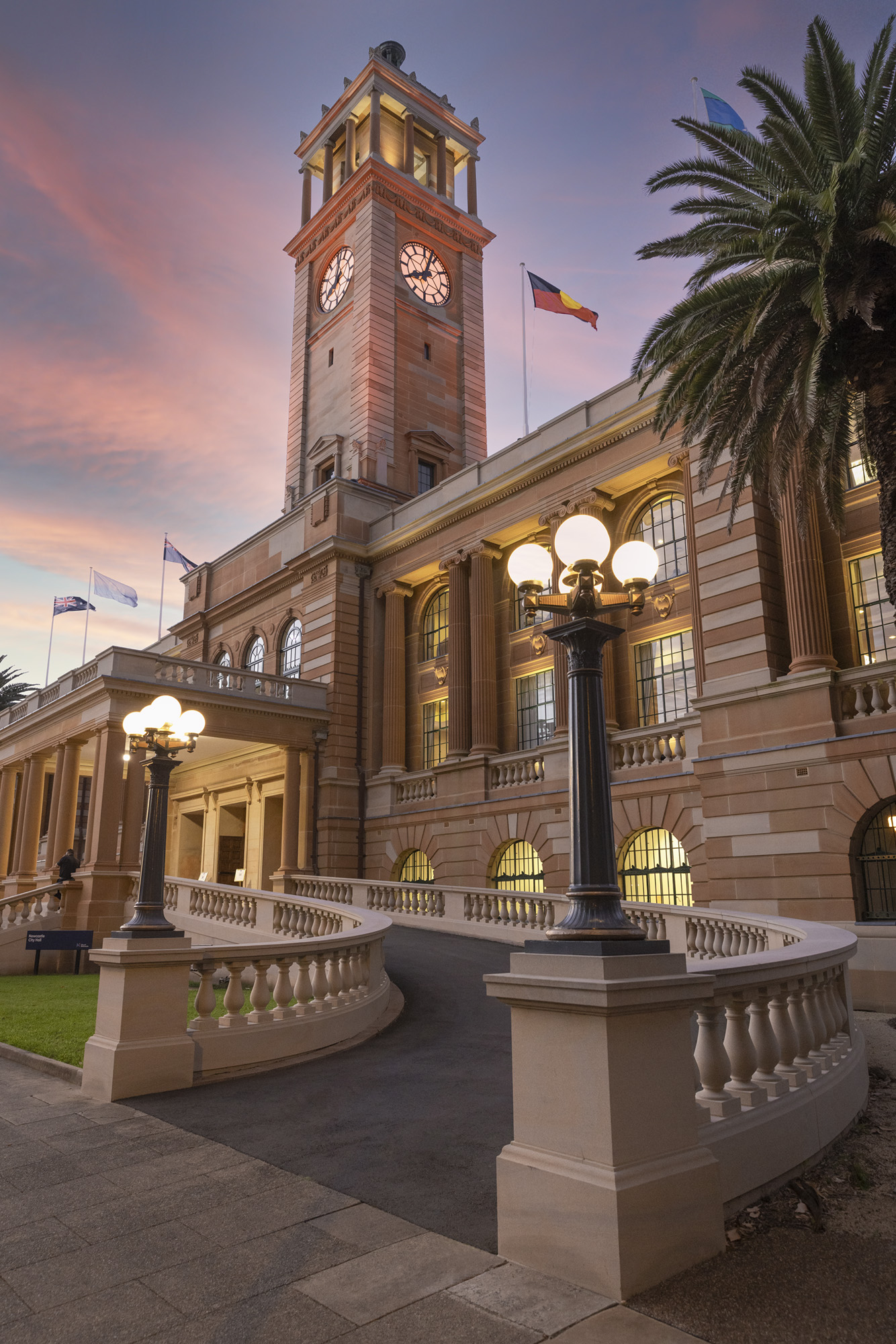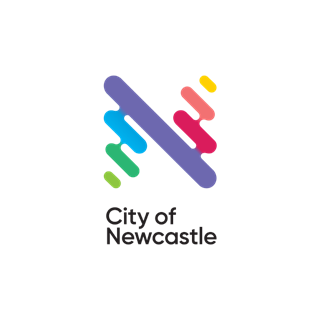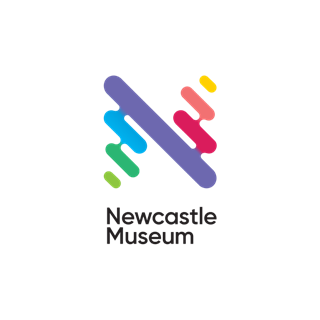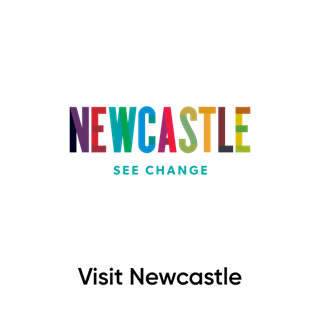
Aboriginal Flag
In a strengthening of its Commitment to Aboriginal and Torres Strait Islander Peoples, Newcastle City Council unanimously voted to permanently display the Aboriginal flag at City Hall and in the Council Chambers at its meeting on 10 December 2003.
Newcastle City Council's vote followed a decision to formally acknowledge the dispossession of Aboriginal Peoples at all major civic functions and events. Guidelines for the Acknowledgement of Country are available on Newcastle City Council's website.
Background
In 2001 the Local Government Association resolved: “That the Local Government Association calls on all Councils to display the Aboriginal and/or Torres Strait Islander flags as appropriate in conjunction with the Australian Flag in all State and Local Government places where flags are exhibited and that the State Government introduce a protocol to facilitate this process”.
Newcastle City Council was one of the first councils in NSW to fly the flag over their civic building.
The Aboriginal Flag
The Aboriginal Flag was designed by Harold Thomas of the Luritja / Wompai people of Central Australia. The Flag became an eye-catching symbol for Aboriginal people, a symbol of race, identity and relationship to country. The black represents Aboriginal people, the red represents country and Aboriginal peoples’ spiritual relationship to the land, and the yellow represents the sun, the giver of life.
The Aboriginal Flag was first raised in Victoria Square in Adelaide on National Aboriginal Day in 1971. The following year the Flag was adopted nationally by Aboriginal people after it was flown above the Aboriginal Tent Embassy outside of old Parliament House in Canberra. On 14 July 1995 the Governor General of Australia, William Hayden proclaimed the Aboriginal Flag as a "Flag of Australia" under section 5 of the Flags Act 1953 following the decision by the Federal Government on 20 June 1995 to do so.













